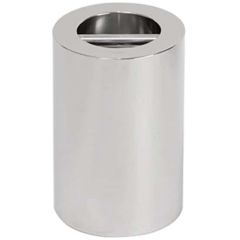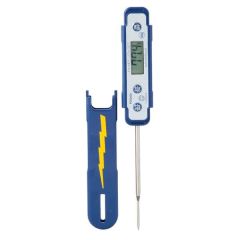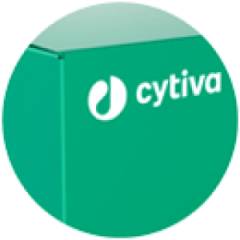Close
SALMONELLA CHROMOGENIC AGAR 500 grams/bottle
SKU
CDL/1122
Brand
CONDALAB
Pre-order (Deliver in 8 to 12 weeks)
Salmonella Chromogenic Agar is a selective chromogenic medium, used for the detection and presumptive identification of Salmonella species from clinical samples, foods and waters. This type of media have been traditionally used to differentiate species of Salmonella from the rest of the Enterobacteriaceae family, (based on their capacity to produce hydrogen sulfide and their inability to ferment lactose) buy they are not really adequate as there are more than 2.000 species of Salmonella which do not have these characteristics.
Casein peptone and beef extract provide nitrogen, vitamins, minerals and amino acids essential for growth. Chromogenic mixture, in conjunction with sodium citrate, aids in inhibiting Gram-positive organisms, Proteus and coliforms. Bacteriological agar is the solidifying agent. The addition of the supplement inhibit accompanying flora, avoiding possible false positive results.
To identify Salmonella species, this chromogenic agent is based on the combination of two chromogenic substrates that ease quick identification. Magenta colonies are a result of the hydrolysis of one of the chromogenic substrate by the Salmonella species due to the inability to utilise another
chromogenic substrate. Microorganisms producing the enzyme that cleaves the second chromogenic substrate will produce blue-green colonies. Thus, non-Salmonella organisms appear blue-green or are not stained by any of the chromogenes of the medium. Supplement is added when more selectivity is desired. The supplement inhibit the accompanying flora, specially Pseudomonas, that could appear in the same colour as Salmonella colonies.
The medium can be used as a second medium for the detection of Salmonella in food and water according to ISO 6579 and ISO 19250 respectively.
Salmonella Chromogenic Agar is a selective chromogenic medium, used for the detection and presumptive identification of Salmonella species from clinical samples, foods and waters. This type of media have been traditionally used to differentiate species of Salmonella from the rest of the Enterobacteriaceae family, (based on their capacity to produce hydrogen sulfide and their inability to ferment lactose) buy they are not really adequate as there are more than 2.000 species of Salmonella which do not have these characteristics.
Casein peptone and beef extract provide nitrogen, vitamins, minerals and amino acids essential for growth. Chromogenic mixture, in conjunction with sodium citrate, aids in inhibiting Gram-positive organisms, Proteus and coliforms. Bacteriological agar is the solidifying agent. The addition of the supplement inhibit accompanying flora, avoiding possible false positive results.
To identify Salmonella species, this chromogenic agent is based on the combination of two chromogenic substrates that ease quick identification. Magenta colonies are a result of the hydrolysis of one of the chromogenic substrate by the Salmonella species due to the inability to utilise another
chromogenic substrate. Microorganisms producing the enzyme that cleaves the second chromogenic substrate will produce blue-green colonies. Thus, non-Salmonella organisms appear blue-green or are not stained by any of the chromogenes of the medium. Supplement is added when more selectivity is desired. The supplement inhibit the accompanying flora, specially Pseudomonas, that could appear in the same colour as Salmonella colonies.
The medium can be used as a second medium for the detection of Salmonella in food and water according to ISO 6579 and ISO 19250 respectively.
| Brand | CONDALAB |
|---|
Write Your Own Review









Validate your login